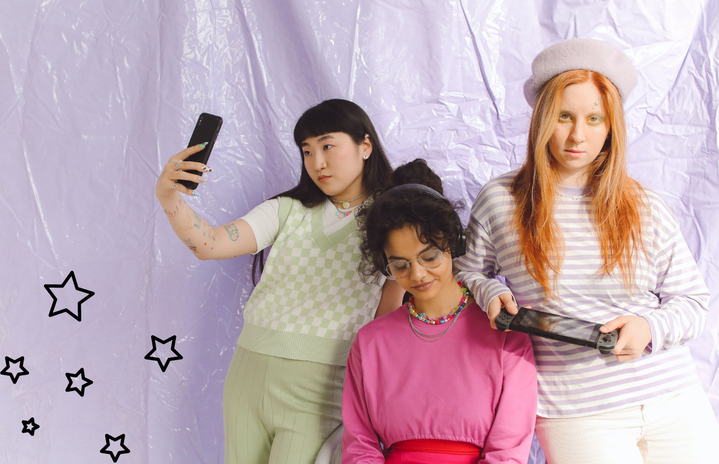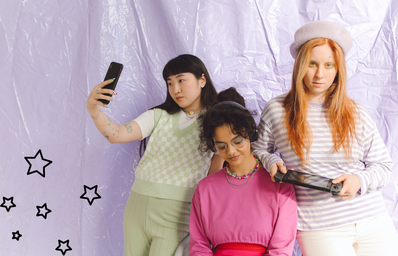There has been an obvious tone shift in how commercial fashion brands such as SHEIN, H&M and Forever 21 have been received by the public in recent months. As environmental conflicts and the search for their solutions have taken the world stage, there has been a growing awareness of a relatively new phenomenon: fast fashion. The industry, which produces large quantities of cheaply made clothing using oftentimes exploitative practices, is not without its problem. The fast-paced nature offers one of the most extensive size ranges that had been previously limited to only a select number of stores.
During quarantine, when boredom prevailed and internet use skyrocketed, there seemed to be a discovery of SHEIN. A global fashion website based out of China, this online store boasts thousands of clothing pieces, accessories and miscellaneous items at a cheap price. While originally the site was approached with skepticism, videos of SHEIN hauls flooded the internet and it quickly became a popular website, raking in $10 billion in revenue in 2020 alone. Apart from the low prices. SHEIN Curve + Plus offers a massive plus-sized selection larger than a majority of brands.
However, as the mighty often fall, the SHEIN hauls that flooded the internet were soon contested by environmentalists who pointed out these hauls demonstrated gross overconsumption that caused excess clothing to end up in landfills. They’re supported by the United Nations Environment Program who claims every second, the equivalent of one garbage truck of textiles is landfilled or burned. Consequently, buying clothes from SHEIN turned from an innocent activity to an abrasive act, with activists insisting instead to avoid fast fashion brands like SHEIN.
Which brands are we supposed to avoid? A simple Google search of “fast fashion brands” will load over four billion results, many of the websites listing almost every commercial clothing store I could find in my local mall. The supposed evils of overproduction are not limited to the global online brands currently in the spotlight, such as SHEIN and Fashion Nova, but also include H&M, Forever 21, Aerie, Gap and other brick and mortar stores that are the most accessible to the general population. Instead, these websites list more expensive, less size-inclusive clothing options. Although it’d be easy to point fingers at these sustainable brands and accuse them of fatphobia, sustainable fashion is not always a purposeful exclusionist. For many of these brands, price and inclusivity go hand and hand, and often they have to offer higher prices and a limited selection due to ethical sourcing, fair wages, and small batch production that raises production expenses.
Goodonyou.eco, a website that analyzes and scores fashion brands based on their ethicality and sustainability, gives their take in their article “The 41 Most Ethical and Sustainable Clothing Brands from the USA and Canada.” Of the top ten clothing brands, less than half offered a size above a large, and only one of the brands, Miakoda, offered sizes above an XXL. Moreso, there was a lack of variability in most clothes, and the sites with more vibrant looks were reserved for those with a bigger pocket and a smaller waist.
There is an obvious sacrifice that comes with pursuing a more sustainable lifestyle, but this sacrifice is greater for larger-sized women and men alike. It’s not simply a means of choosing to be more sustainable, but also the surrender of our personal sense of style. Yes, of course, as the minority demographic it can’t always be expected for businesses to cater to these specific needs, but this means that these shopping needs should not be met with condemnation, but with consideration for what’s accessible.
While the fast fashion industry has its negative environmental effects, there is inclusivity that is not found in many sustainable brands. This is not, however, a criticism of fast fashion, nor is it a defense, but an acknowledgment of the unmatched inclusivity that parallels the destructive nature of the industry.


